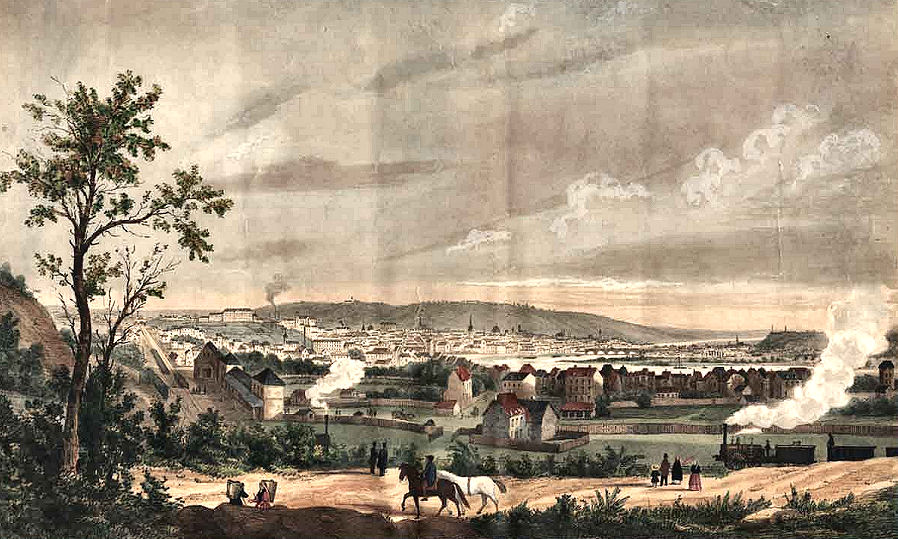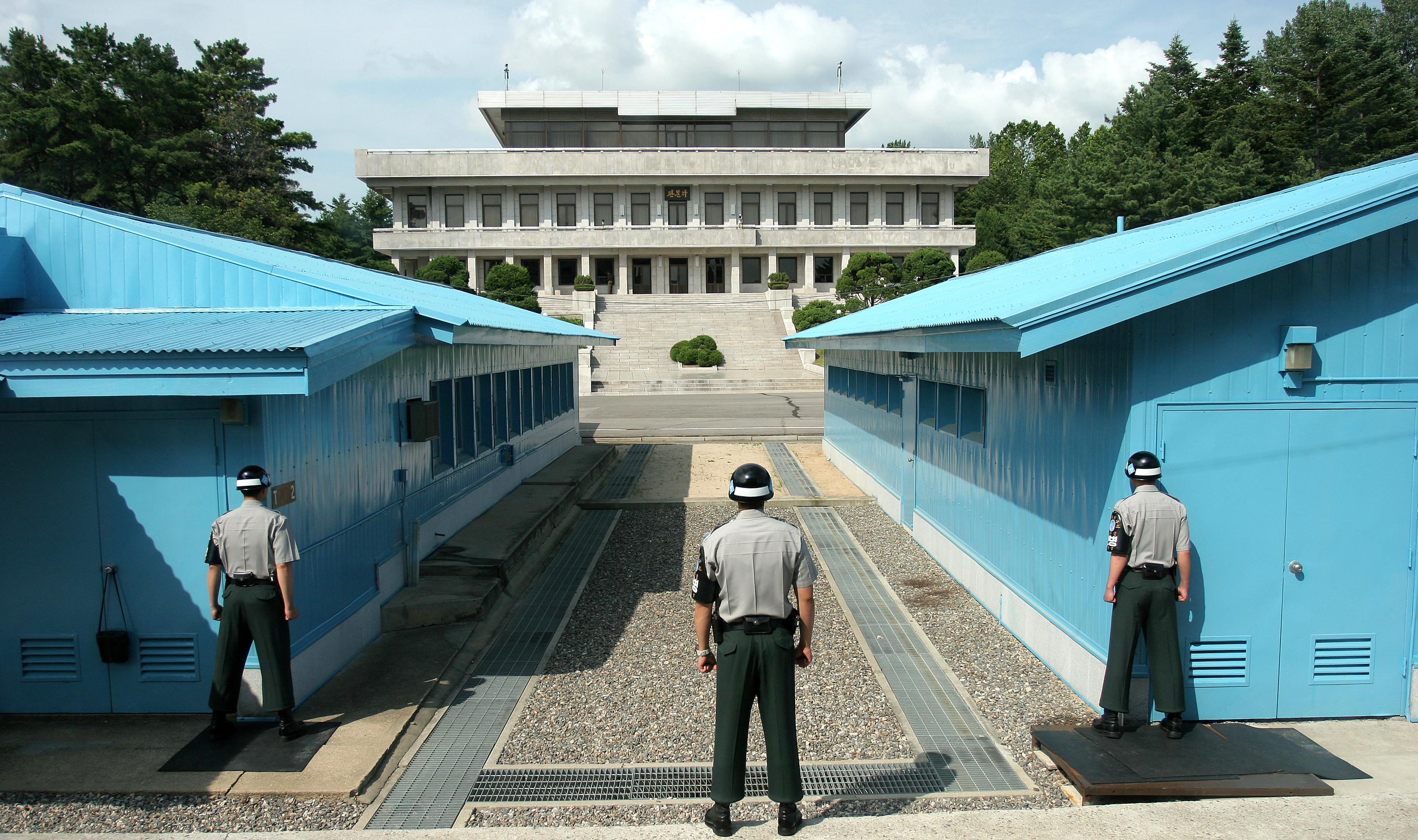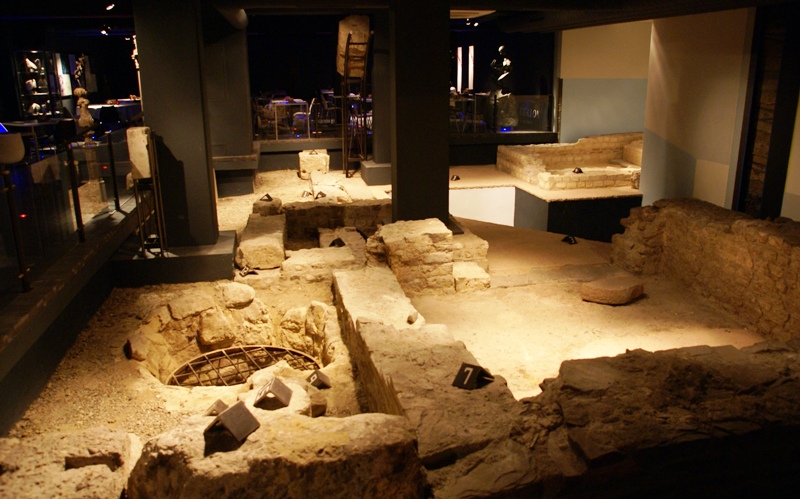|
Liège–Maastricht Railway
The Liège–Maastricht railway (line 40 in the Belgian numbering plan) is a railway line running from Liège in Belgium to Maastricht in the Netherlands. The line was opened in 1861. The line runs from the Dutch province of Limburg to the Belgian province of Liège. For a very small part, it runs through the Belgian province of Limburg (near the village of Moelingen). Stations The main interchange stations on the Liège–Maastricht railway are: *Liège: to Brussels, Aachen, Namur, Luxembourg and Hasselt *Maastricht: to Heerlen, Roermond, Eindhoven, Amsterdam Local stations are in Bressoux and Visé, Belgium, and in Eijsden and Randwyck Maastricht ( , , ; ; ; ) is a city and a Municipalities of the Netherlands, municipality in the southeastern Netherlands. It is the capital city, capital and largest city of the province of Limburg (Netherlands), Limburg. Maastricht is loca ... on the Dutch side. Electrification The line has overhead power at 1,500 V DC in the Neth ... [...More Info...] [...Related Items...] OR: [Wikipedia] [Google] [Baidu] |
Liège-Guillemins Railway Station
Liège-Guillemins railway station (; ) is the main station in Liège, Belgium. It is one of the most important hubs in the country and is one of the four Belgian stations on the high-speed rail network. The station is used by 15,000 people every day, which makes it the eleventh-busiest station in Belgium and the third in Wallonia. It is operated by the National Railway Company of Belgium (SNCB/NMBS). History First station (1842–1863) The choice to make Liège the crossing point of a railway goes back to the first sketches of the railway from Antwerp to the Rhine, drawn up just after the Belgian Revolution. A royal decree issued on 21 March 1832 mentions it and a law dated 1 May 1834 provides for the creation of four lines, including the "eastern line", from Mechelen to Liège and the Prussian border.Ulysse Lamalle, ''Histoire des chemins de fer Belges'' (in French), Brussels, Office de Publicité, 1953, p. 20–22, 37–42. In 1838, only three years after the first conti ... [...More Info...] [...Related Items...] OR: [Wikipedia] [Google] [Baidu] |
Hasselt
Hasselt (, , ) is the capital and largest City status in Belgium, city of the Provinces of Belgium, province of Limburg (Belgium), Limburg in the Flemish Region of Belgium. As of 1 August 2023, Hasselt had a total population of 80,846. The old town of Hasselt is surrounded by a number of satellite hamlets including Kiewit, Runkst, Banneuxwijk, Godsheide and Rapertingen. Further away are several Deelgemeente#Belgium, sub-municipalities which were once within independent municipalities, including Kermt, Kuringen, Sint-Lambrechts-Herk, Spalbeek, Stevoort, Stokrooie, and Wimmertingen. Geographically, Hasselt is located between the Campine region, north of the Demer river, and the Hesbaye region, to the south. Both the Demer river and the Albert Canal run through the municipality. In terms of economic regions, Hasselt is within the transnational Meuse-Rhine Euroregion, connecting neighbouring regions in Wallonia, the Netherlands and Germany. History Hasselt was founded in appro ... [...More Info...] [...Related Items...] OR: [Wikipedia] [Google] [Baidu] |
Cross-border Railway Lines In Belgium
Borders are generally defined as geographical boundaries, imposed either by features such as oceans and terrain, or by political entities such as governments, sovereign states, federated states, and other subnational entities. Political borders can be established through warfare, colonization, or mutual agreements between the political entities that reside in those areas. Some borders—such as most states' internal administrative borders, or inter-state borders within the Schengen Area—are open and completely unguarded. Most external political borders are partially or fully controlled, and may be crossed legally only at designated border checkpoints; adjacent border zones may also be controlled. For the purposes of border control, airports and seaports are also classed as borders. Most countries have some form of border control to regulate or limit the movement of people, animals, and goods into and out of the country. Under international law, each country is generally permitt ... [...More Info...] [...Related Items...] OR: [Wikipedia] [Google] [Baidu] |
Railway Lines In Wallonia
Rail transport (also known as train transport) is a means of transport using wheeled vehicles running in tracks, which usually consist of two parallel steel rails. Rail transport is one of the two primary means of land transport, next to road transport. It is used for about 8% of passenger and freight transport globally, thanks to its energy efficiency and potentially high speed.Rolling stock on rails generally encounters lower frictional resistance than rubber-tyred road vehicles, allowing rail cars to be coupled into longer trains. Power is usually provided by diesel or electric locomotives. While railway transport is capital-intensive and less flexible than road transport, it can carry heavy loads of passengers and cargo with greater energy efficiency and safety. Precursors of railways driven by human or animal power have existed since antiquity, but modern rail transport began with the invention of the steam locomotive in the United Kingdom at the beginning of the 19th c ... [...More Info...] [...Related Items...] OR: [Wikipedia] [Google] [Baidu] |
Railway Lines In Flanders
Rail transport (also known as train transport) is a means of transport using wheeled vehicles running in railway track, tracks, which usually consist of two parallel steel railway track, rails. Rail transport is one of the two primary means of land transport, next to road transport. It is used for about 8% of passenger and rail freight transport, freight transport globally, thanks to its Energy efficiency in transport, energy efficiency and potentially high-speed rail, high speed.Rolling stock on rails generally encounters lower friction, frictional resistance than rubber-tyred road vehicles, allowing rail cars to be coupled into longer trains. Power is usually provided by Diesel locomotive, diesel or Electric locomotive, electric locomotives. While railway transport is capital intensity, capital-intensive and less flexible than road transport, it can carry heavy loads of passengers and cargo with greater energy efficiency and safety. Precursors of railways driven by human or an ... [...More Info...] [...Related Items...] OR: [Wikipedia] [Google] [Baidu] |
Railway Lines In The Netherlands
Rail transport (also known as train transport) is a means of transport using wheeled vehicles running in tracks, which usually consist of two parallel steel rails. Rail transport is one of the two primary means of land transport, next to road transport. It is used for about 8% of passenger and freight transport globally, thanks to its energy efficiency and potentially high speed.Rolling stock on rails generally encounters lower frictional resistance than rubber-tyred road vehicles, allowing rail cars to be coupled into longer trains. Power is usually provided by diesel or electric locomotives. While railway transport is capital-intensive and less flexible than road transport, it can carry heavy loads of passengers and cargo with greater energy efficiency and safety. Precursors of railways driven by human or animal power have existed since antiquity, but modern rail transport began with the invention of the steam locomotive in the United Kingdom at the beginning of the 19th ... [...More Info...] [...Related Items...] OR: [Wikipedia] [Google] [Baidu] |
Randwyck
Maastricht ( , , ; ; ; ) is a city and a Municipalities of the Netherlands, municipality in the southeastern Netherlands. It is the capital city, capital and largest city of the province of Limburg (Netherlands), Limburg. Maastricht is located on both sides of the Meuse (), at the point where the river is joined by the Jeker. Mount Saint Peter (''Sint-Pietersberg'') is largely situated within the city's municipal borders. Maastricht is adjacent to the border with Belgium and is part of the Meuse-Rhine Euroregion, an international metropolis with a population of about 3.9 million, which includes the nearby German and Belgian cities of Aachen, Liège, and Hasselt. Maastricht developed from a Roman Republic, Roman settlement (''Trajectum ad Mosam'') to a medieval river trade and religious centre. In the 16th century it became a garrison town and in the 19th century an early industrial centre. Today, the city is a thriving cultural and regional hub. It became well known through ... [...More Info...] [...Related Items...] OR: [Wikipedia] [Google] [Baidu] |
Eijsden
Eijsden (; ) is a village situated in the very south of the European country the Netherlands. It is located in the southwestern part of the province of Limburg. Until 1 January 2011, Eijsden was the main village in a municipality with the same name. On that date this municipality merged with the neighbouring one of Margraten, resulting in nowadays Eijsden-Margraten municipality, in which Eijsden again is the biggest place. This village is one of the most southerly places in the Netherlands, for in its south it is extending up to the most southerly part of the border between the Netherlands and Belgium. The Meuse river, coming from France and Belgium, here enters its third and final flowing country, the Netherlands. From here on its name in Dutch is ''Maas''. Running northward to Eijsden's west it locally forms the westerly frontier of the last mentioned country with Belgium. Its Belgian border across the Meuse is Lanaye, a village of Liège Province in Wallonia, whereas ... [...More Info...] [...Related Items...] OR: [Wikipedia] [Google] [Baidu] |
Visé
Visé (; , ; ) is a city and municipality of Wallonia, located on the river Meuse in the province of Liège, Belgium. The municipality consists of the following districts: Argenteau, Cheratte, Lanaye, Lixhe, Richelle, and Visé. In the north-east (on the eastern bank of the Meuse) the area of the municipality extends up to the village of Moelingen in the Limburgian municipality of Voeren, while in the north-west (on the western bank of the Meuse) it extends up to the border between Belgium and the Netherlands (on the other side of which the Dutch municipality of Maastricht is situated). The city of Visé is located in a distance of some 20 km (12,4 miles) north eastern of Belgian Liège city and of some 15 km (9,3 miles) southern of the most southern Dutch city of Maastricht. In addition to the Meuse, the Albert Canal also passes through this town. History The Germans entered Belgium on 4 August 1914, and entered Visé that day as part of the opening mov ... [...More Info...] [...Related Items...] OR: [Wikipedia] [Google] [Baidu] |
Bressoux
Bressoux (; ) is a sub-municipality of the city of Liège located in the province of Liège, Wallonia, Belgium. The municipality of Bressoux was formed on 1 July 1871, when it was detached from the municipality of Grivegnée. On 1 January 1977, it was merged Mergers and acquisitions (M&A) are business transactions in which the ownership of a company, business organization, or one of their operating units is transferred to or consolidated with another entity. They may happen through direct absorpt ... into Liège. References Sub-municipalities of Liège Former municipalities of Liège Province {{Liege-geo-stub ... [...More Info...] [...Related Items...] OR: [Wikipedia] [Google] [Baidu] |
Amsterdam
Amsterdam ( , ; ; ) is the capital of the Netherlands, capital and Municipalities of the Netherlands, largest city of the Kingdom of the Netherlands. It has a population of 933,680 in June 2024 within the city proper, 1,457,018 in the City Region of Amsterdam, urban area and 2,480,394 in the Amsterdam metropolitan area, metropolitan area. Located in the Provinces of the Netherlands, Dutch province of North Holland, Amsterdam is colloquially referred to as the "Venice of the North", for its canals of Amsterdam, large number of canals, now a World Heritage Site, UNESCO World Heritage Site. Amsterdam was founded at the mouth of the Amstel River, which was dammed to control flooding. Originally a small fishing village in the 12th century, Amsterdam became a major world port during the Dutch Golden Age of the 17th century, when the Netherlands was an economic powerhouse. Amsterdam was the leading centre for finance and trade, as well as a hub of secular art production. In the 19th ... [...More Info...] [...Related Items...] OR: [Wikipedia] [Google] [Baidu] |






